Dr. Alexander Jimenez, Adriana Caceres, Faith Arciniega (Health Coach), Amparo Armendáriz-Pérez (Massage Therapist) and Ana RodrÃguez Arciniega talk about the Functional Medicine and holistic treatments…


Dr. Alexander Jimenez, Adriana Caceres, Faith Arciniega (Health Coach), Amparo Armendáriz-Pérez (Massage Therapist) and Ana RodrÃguez Arciniega talk about the Functional Medicine and holistic treatments…
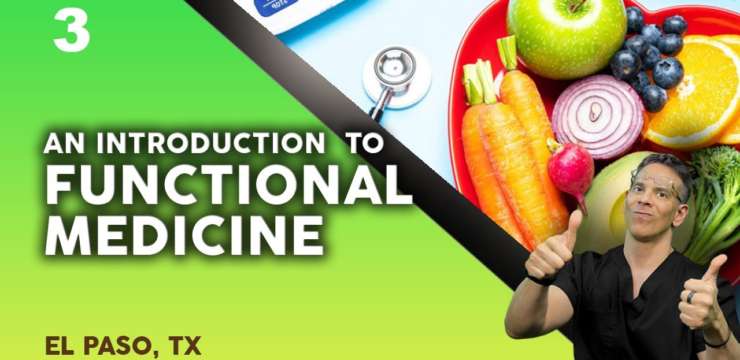
Dr. Alex Jimenez brings to you the last part of this presentation titled “An Introduction to Functional Medicine” where Medical Specialist will help us distinguish…

Welcome to our new Functional Medicine presentation where an expert will be talking to us about case management of Allergies and Atopic Disease in depth.…
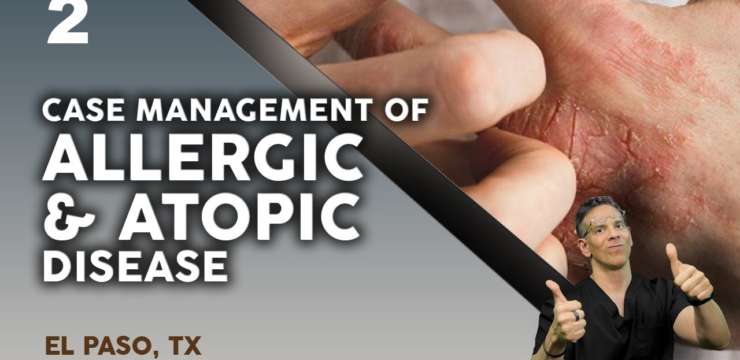
Welcome to our new Functional Medicine presentation where an expert will be talking to us about case management of Allergies and Atopic Disease in depth.…

Welcome to our newest presentation where an expert will be talking about laboratory testing of Biomarkers of Immune Dysfunction. Stay tuned for the next episode…
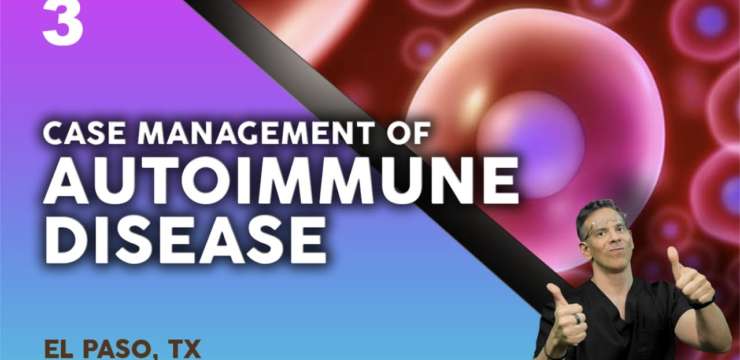
Welcome to our new Functional Medicine presentation where an expert will be talking to us about case management of Autoimmune diseases and also covering some…
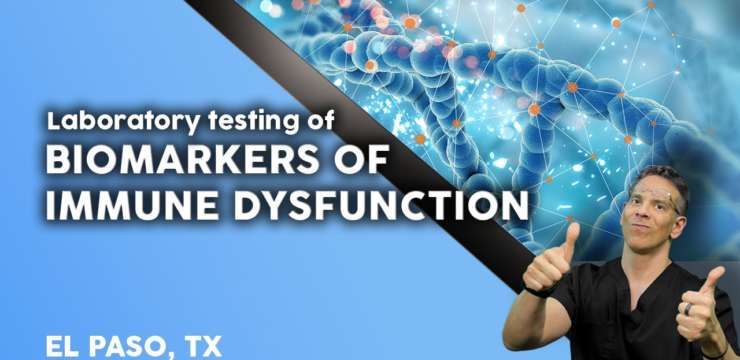
Hey welcome to our newest presentation where an expert will be talking about laboratory testing of Biomarkers of Immune Dysfunction. Stay tuned for the next…

Hey welcome to our newest presentation where an expert will be talking about Dietary Prescriptions for Chronic Inflammation & Autoimmune Conditions. Stay tuned for the…

Dietary Supplement Quality Guide: Dr. Jimenez, Health coaches Adriana Caceres and Faith Arciniega, and Clinical Nutritionist Ana Paola Rodriguez will discuss when practitioners are asked…

Why Take Supplements? When taken correctly and appropriately, supplements are frequently the key to solving many symptoms and other health concerns. As individuals become vitamin…

Many studies prove that physical activity and nutrition are essentials to preventing and treating multiple chronic conditions and can prevent premature mortality. Nonetheless, more than…

Welcome to our new functional medicine presentation brought to you by Dr. Alex Jimenez where an expert will be talking to us about the role…

On today’s podcast Dr. Jimenez DC, health coaches Adriana Caceres and Faith Arciniaga, and nutritionist Ana Paola RodrÃguez will discuss how the intracellular Body Water…

For an appointment please call: 915-412-6790 Fill your evaluation form online: dralexjimenez.livingmatrix.com/self_register_patients/new – If you have enjoyed this video and/or we have helped you in…

For an appointment please call: 915-412-6790 Fill your evaluation form online: dralexjimenez.livingmatrix.com/self_register_patients/new – If you have enjoyed this video and/or we have helped you in…
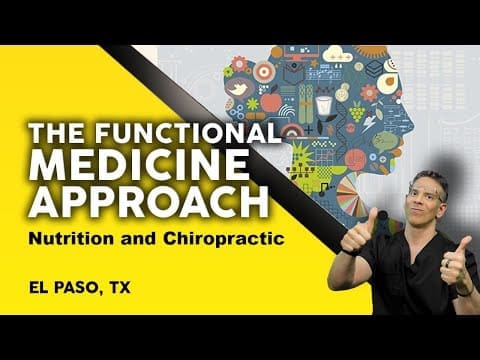
Dr. Alexander Jimenez, Adriana Caceres, Faith Arciniega (Health Coach), Amparo Armendáriz-Pérez (Massage Therapist) and Ana RodrÃguez Arciniega talk about the Functional Medicine and holistic treatments…

Welcome to this new functional Medicine presentation, where an expert will be discussing Anthropometrics, Biomarkers, cLINICAL assessment and diet evaluation. Stay tuned for the next…